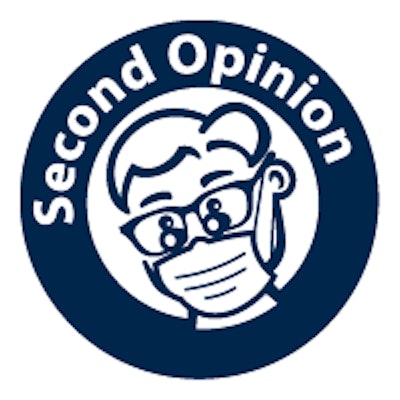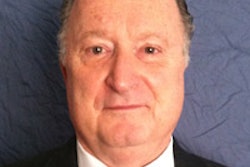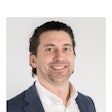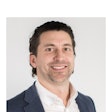
In a recent column, consultant Thomas Climo, PhD, stated that brokers often sell dental practices for a discounted price for their own financial gain. While this may happen in isolated circumstances, I believe that the premise is wrong.
 Mike Bark, CPA, CVA, MST, principal with Edge Advisors.
Mike Bark, CPA, CVA, MST, principal with Edge Advisors.Climo states that return on investment (ROI) should be the main driver of practice value. The accountant in me wants to agree with this logic. After all, shouldn't ROI be the primary motive of any investor? Shouldn't that investor pay more for a practice with more ROI? Perhaps in academia this holds true, but dental transactions occur out in the real world.
Our dental practice consulting firm has found that the prices of practices have been increasing in recent years. Recently, our firm has witnessed practices sell for a higher percentage of collections than in previous years -- despite the fact that the profit margins in dental practices being sold have dipped slightly over the past three years, according to data from the nearly 175 clients we do accounting for in the general dental arena.
In fact, over the past three years, we have been part of more than 80 transactions and have recorded the sales as a percent of collections. The results: The prices of practices moved from an average of 62% of collections to just a shade under 70% of collections. In this same period, the subject practices have seen their average operating income slip to 14% from 16%. In other words, prices are rising despite the fact that ROI is slipping.
Why is this happening?
For one, the old laws of supply and demand are at work. Despite demographic data that would suggest otherwise, the fact of the matter is that more buyers exist for practices than there are sellers. There are even areas of the U.S. that defy logic. For example, it's not uncommon in our experience to see practices in the Chicago-land area selling for more than 100% of collections even when the income approach only justifies a price of 75% or 80%.
Another key factor is the rise of the dental service organization (DSO). Many know some of the big groups that are out there, but smaller organizations backed by venture capital are on the rise. Despite the fact that profits in dental have been flat, they are more attractive than several investment alternatives available. These organizations value practices differently and, for the most part, could care less what the ROI was on a specific practice. They understand they can change the overhead of a practice relatively easily and, as a result, are often times comfortable with buying practices for more than what the ROI would legitimize.
Banks also have seen the opportunity in dentistry. Several national banks are willing to finance 100% of a practice sale despite the fact that a dental practice has very little in actual collateral and often have a buyer who has a staggering amount of personal debt via student loans. The fact that banks will lend 100% of a purchase price has undoubtedly led to higher prices.
“A practice with state-of-the-art equipment will sell for a higher price than the same practice with antiquated equipment.”
When I do a valuation, I consider the income approach to be very important, because it seeks to define a revenue stream an investor would expect to receive and divides it by a capitalization rate. This rate can be thought of as the rate of return that investor would expect to receive given the risks specific with the investment.
While defining an income stream is relatively easy, the capitalization rate requires appropriate judgment from the valuator. All practices are not created equal, and a practice in a desirable area will typically sell for a higher price than the same practice located in a rural area. In addition, a practice with state-of-the-art equipment will sell for a higher price than the same practice with antiquated equipment.
The capitalization rate can be changed to account for these circumstances. I will consider the practice's location, equipment, economic trends, and the overall state of the market when developing a rate. So a practice in Milwaukee may have a lower cap rate (and thereby a higher price) than a practice with the same numbers in Plover, WI.
If some believe practices should be valued based solely on the numbers, well, that just isn't the case. If it were, none of the factors that I have detailed would matter nor would the location of the practice. However, these items have a material and significant impact on the value of a practice.
Selling a practice by the percentage of sales approach has been the rule. While simplistic, it exists because it creates a result in line with the income approach on average yields. However, if a valuator is looking at this approach only, they are doing you a disservice.
Mike Bark, a certified public accountant (CPA) and a certified valuation analyst (CVA) with a Master of Science in Taxation (MST), is a principal with Edge Advisors in West Allis, WI.
Rob Joyce, MS, is a principal in charge of wealth management at Edge Wealth Advisors.
The comments and observations expressed herein do not necessarily reflect the opinions of DrBicuspid.com, nor should they be construed as an endorsement or admonishment of any particular idea, vendor, or organization.


















